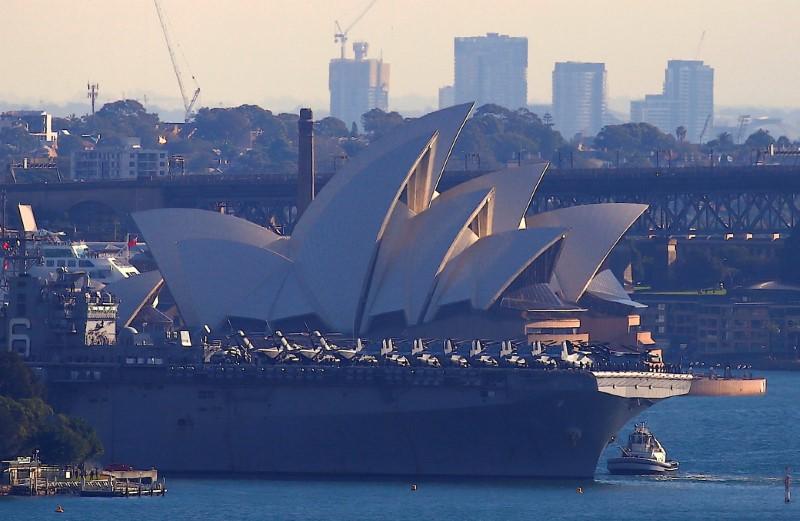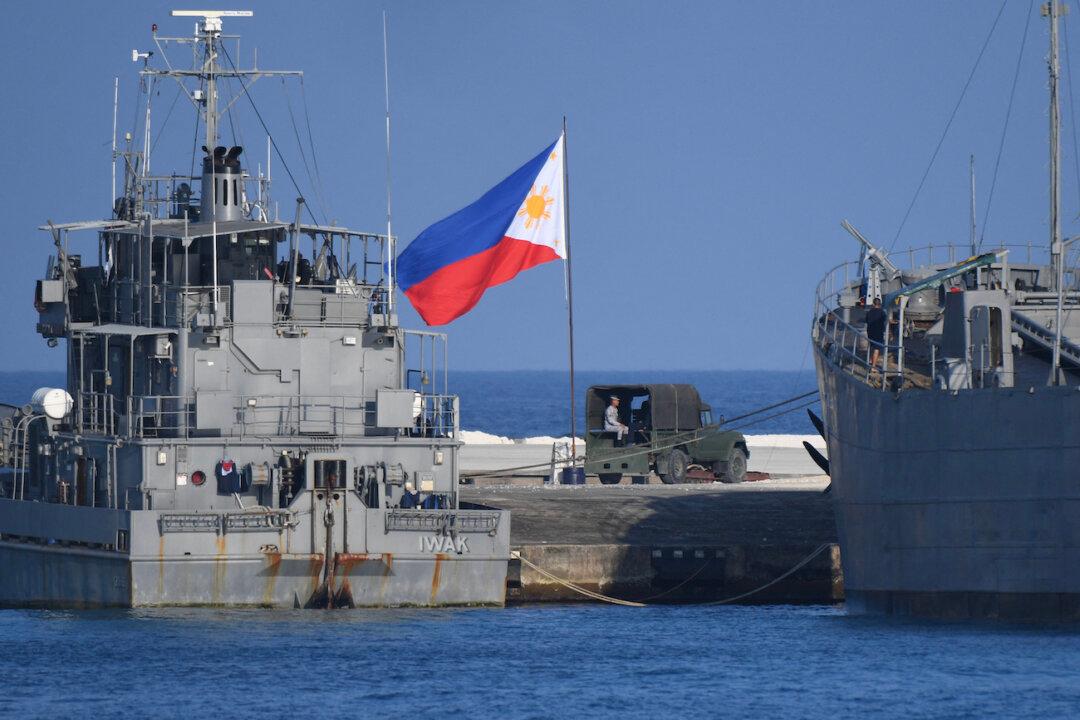A leading Australian policy think tank has warned the federal government that the Chinese military may seek to control ports in Brisbane, Melbourne, and Sydney via state-owned enterprises (SOE) as part of a broader ambition to project the communist regime’s power globally.
In a report by Charlie Lyons Jones titled “Leaping Across the Ocean” (pdf), the Australian Strategic Policy Institute (ASPI) identified the three Australian ports as a potential part of this strategy.




